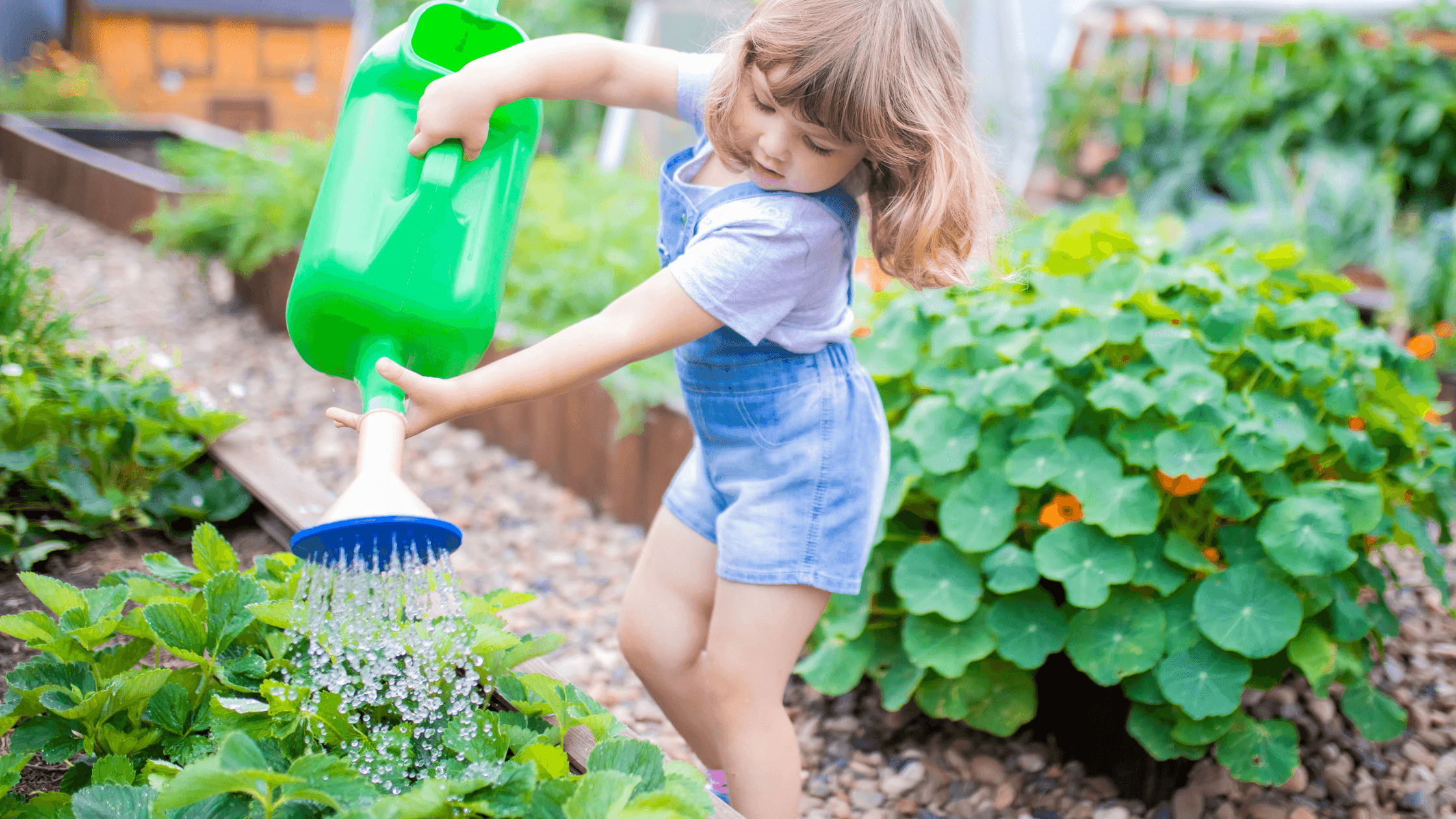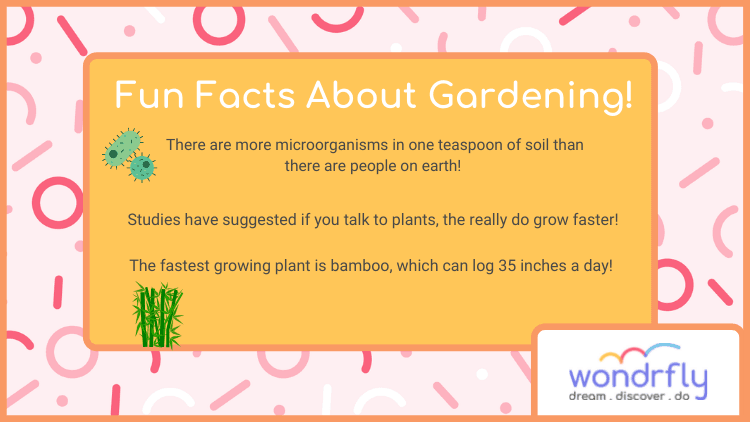A garden can provide not only an interesting hobby but also an excellent learning opportunity for your child, whether they’re five or fifteen years old. Whether you’re growing food to eat or just flowers to enjoy, you and your children can learn about pollination, fertilization, watering, seeds, and so much more! Here are some ways that gardening can benefit children and how to get started on your own backyard or indoor vegetable garden this year.
Benefits of Gardening
There are many benefits of gardening for kids, including better health, a keener interest in science, a better understanding of where their food comes from, and improved fine motor skills. With these simple tips to encourage your child to dig in, you’ll have all you need to help little green thumbs grow.
Step 1: Choose your Plants
Consider planting something next in your garden. Ask your kid what they think! Once your child participates at the inception of the garden, they will be emotionally invested in the plants that you decide to grow together. When picking out plants, try using your senses. What does it look like? How does it feel? How does it smell? If it’s edible, what does it taste like? Let them pick out their favorite plants, veggies, or herbs. Help them discover intriguing plants such as carnivorous plants, edible flowers, and plants that can be used to dye fabric. The world of plants is astounding!
Step 2: Teach Kids Gardening Basics
What do plants need to grow? Plants need sunlight, water, appropriate drainage, good soil packed with nutrients, and strong, healthy roots. What roles do each of these necessities play? Show kids how you provide what the plants need to thrive. Let them watch how you water a plant and how you apply compost or fertilizer, then let them practice on the next one. Explain the “why” as you’re teaching the “how.” Depending on how old your child is, this is a great opportunity for a little lesson about photosynthesis and soil science.
Step 3: Make your Garden Useful
If you want to garden with kids, make sure your garden is useful to them. Grow some of their favorite fruits and vegetables so you can reap the rewards or use home-grown flowers as gifts and decorations. Kids need to know how gardening can improve their daily lives to get invested!
Step 3: Care for Your Garden Together
Put in the time and energy to care for your garden together, and your kids will learn the joys of gardening from you. Even if you aren’t a gardening expert, you can help them start out by letting them do some of the basic work—and then slowly showing them how to do more and more as you both learn together.
Gardening Tips for Parents
Gardening is a fun, educational, and rewarding activity that teaches responsibility and can be a bonding experience between children and their parents. Gardening should be approached like any other learning opportunity; it’s an experience that teaches children lessons by trial and error. If your child’s plants don’t grow at first, don’t make them feel bad about it; they’ll learn by trying again next time. Try starting with easy-to-grow plants such as herbs, strawberries, or tomatoes. When you see how rewarding it is to watch these things grow from little seeds into mature plants, they’ll be hooked!
For more info on all the best activities for kids, keep following the Wondrfly blog, or sign up for our newsletter!

